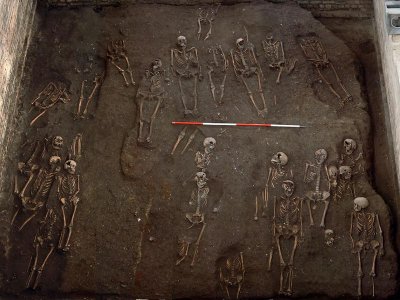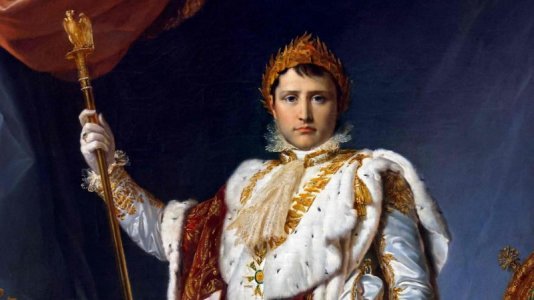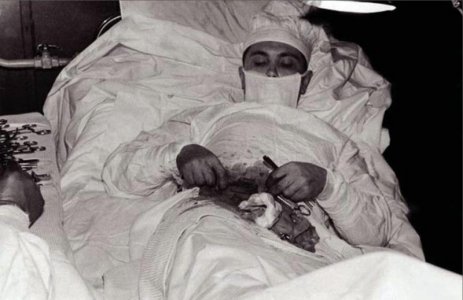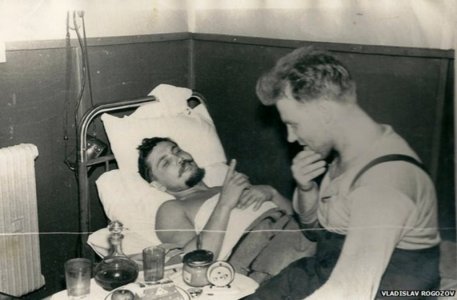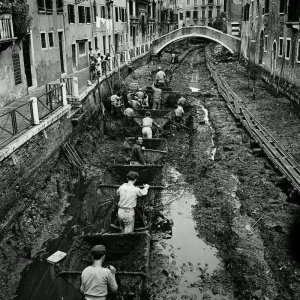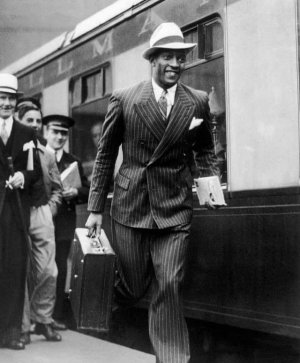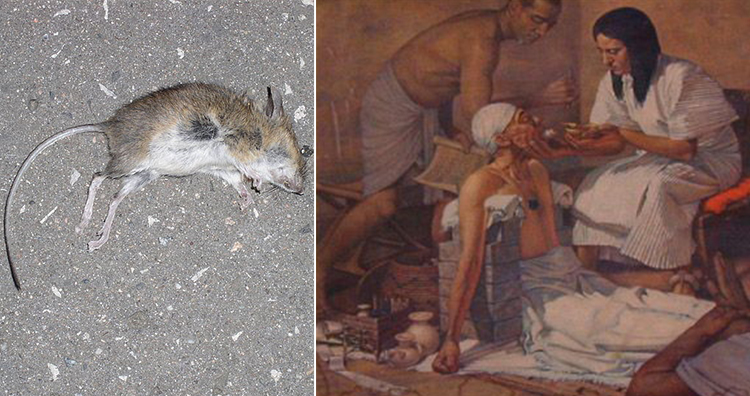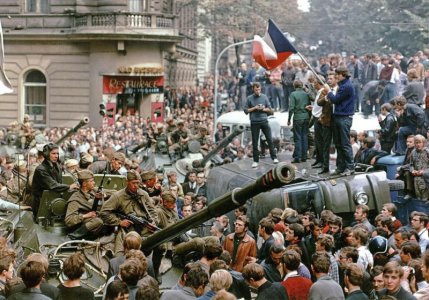RnR
Member
- Location
- Gold Coast, Queensland
9 May 1901 – The first Parliament of Australia opened in the Royal Exhibition Building in Melbourne.
9 May 1927 – The federal government moved to Canberra from Melbourne with the opening of the Provisional Parliament House.
9 May 1988 – New Parliament House of Australia is opened on Capital Hill by Queen Elizabeth II.
The first Parliament of the Commonwealth of Australia was opened at noon on 9 May 1901 by the Duke of Cornwall and York, later King George V. The lavish ceremony, which was attended by over 12,000 guests, took place in the Exhibition Building, Melbourne.
The Duke of Cornwall and York opens the first federal Parliament, 9 May 1901. State Library of Victoria.

In 1927, the federal government moved to Canberra from Melbourne with the opening of Old Parliament House, known formerly as the Provisional Parliament House. The construction of Old Parliament House was commenced on 28 August 1923 and completed in early 1927. It was built by the Commonwealth Department of Works, using tradesmen and materials from all over Australia. The final cost was about £600,000, which was more than three times the original estimate. It was designed to last for a maximum of 50 years until a permanent facility could be built.
Painting by Harold Septimus Power depicting the arrival of the Duke and Duchess of York for the opening of Provisional Parliament House on 9 May 1927.

In 1978 the Fraser government decided to proceed with a new building on Capital Hill, and the Parliament House Construction Authority was created. Construction began in 1981, and the House was intended to be ready by Australia Day, 26 January 1988, the 200th anniversary of European settlement in Australia. It was expected to cost A$220 million. Neither the deadline nor the budget was met. The building was finally opened by Queen Elizabeth II, Queen of Australia on 9 May 1988, the anniversary of the opening of both the first Federal Parliament in Melbourne on 9 May 1901 by the Duke of Cornwall and York, later King George V, and of the Provisional Parliament House in Canberra on 9 May 1927 by the Duke of York, later King George VI.
Parliament House opening ceremony on 9 May 1988.

Australia's Parliament House is one of the largest buildings in the southern hemisphere. It is 300 metres long and 300 metres wide, has a floor area of more than 250,000 square metres and contains over 4500 rooms. Parliament House was the biggest building project undertaken in Australia since the 1960s and the construction of the Snowy Mountain Hydro-electric Scheme. A 10,000 strong workforce took seven years to complete it at a cost of about $1.1 billion.
9 May 1927 – The federal government moved to Canberra from Melbourne with the opening of the Provisional Parliament House.
9 May 1988 – New Parliament House of Australia is opened on Capital Hill by Queen Elizabeth II.
The first Parliament of the Commonwealth of Australia was opened at noon on 9 May 1901 by the Duke of Cornwall and York, later King George V. The lavish ceremony, which was attended by over 12,000 guests, took place in the Exhibition Building, Melbourne.
The Duke of Cornwall and York opens the first federal Parliament, 9 May 1901. State Library of Victoria.

In 1927, the federal government moved to Canberra from Melbourne with the opening of Old Parliament House, known formerly as the Provisional Parliament House. The construction of Old Parliament House was commenced on 28 August 1923 and completed in early 1927. It was built by the Commonwealth Department of Works, using tradesmen and materials from all over Australia. The final cost was about £600,000, which was more than three times the original estimate. It was designed to last for a maximum of 50 years until a permanent facility could be built.
Painting by Harold Septimus Power depicting the arrival of the Duke and Duchess of York for the opening of Provisional Parliament House on 9 May 1927.

In 1978 the Fraser government decided to proceed with a new building on Capital Hill, and the Parliament House Construction Authority was created. Construction began in 1981, and the House was intended to be ready by Australia Day, 26 January 1988, the 200th anniversary of European settlement in Australia. It was expected to cost A$220 million. Neither the deadline nor the budget was met. The building was finally opened by Queen Elizabeth II, Queen of Australia on 9 May 1988, the anniversary of the opening of both the first Federal Parliament in Melbourne on 9 May 1901 by the Duke of Cornwall and York, later King George V, and of the Provisional Parliament House in Canberra on 9 May 1927 by the Duke of York, later King George VI.
Parliament House opening ceremony on 9 May 1988.

Australia's Parliament House is one of the largest buildings in the southern hemisphere. It is 300 metres long and 300 metres wide, has a floor area of more than 250,000 square metres and contains over 4500 rooms. Parliament House was the biggest building project undertaken in Australia since the 1960s and the construction of the Snowy Mountain Hydro-electric Scheme. A 10,000 strong workforce took seven years to complete it at a cost of about $1.1 billion.



